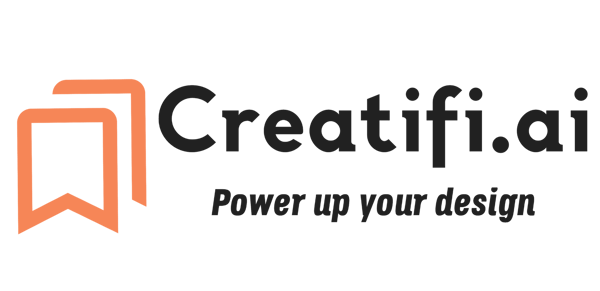Rank Ordering Marketing Tactics by Spend and Average ROI
Discover the most cost-effective marketing strategies ranked by spend and ROI. Learn which tactics—SEO, PPC, email marketing, and more—deliver the highest returns for your business.


When it comes to marketing, businesses are constantly seeking the most cost-effective tactics that deliver the highest return on investment (ROI). With an array of options available, it can be challenging to determine which strategies are worth the investment. In this blog, we'll rank order some of the most common marketing tactics by their typical spend and average ROI, helping you make more informed decisions for your marketing strategy.
1. Search Engine Optimization (SEO)
Spend: Low to Moderate
Average ROI: High
SEO is one of the most cost-effective marketing strategies with a high average ROI. While it requires an initial investment in content creation, keyword research, and technical optimization, the long-term benefits can be substantial. SEO helps businesses rank higher in search engine results, driving organic traffic to their websites without ongoing ad spend. The ROI from SEO can be significant, particularly for companies in competitive industries.
2. Email Marketing
Spend: Low
Average ROI: Very High
Email marketing remains one of the most effective channels for reaching and engaging customers. With relatively low costs—primarily related to software, list management, and content creation—email marketing delivers one of the highest ROIs across all marketing tactics. When done correctly, personalized and targeted email campaigns can yield impressive results, often generating returns of up to $42 for every $1 spent.
3. Content Marketing
Spend: Moderate
Average ROI: High
Content marketing involves creating and distributing valuable content to attract and engage a target audience. Although the upfront costs can be moderate, depending on the type and volume of content produced, the ROI can be substantial over time. By providing informative and engaging content, businesses can build brand authority, drive traffic, and nurture leads, leading to higher conversion rates and customer loyalty.
4. Social Media Marketing (Organic)
Spend: Low
Average ROI: Moderate to High
Organic social media marketing involves leveraging platforms like Facebook, Instagram, LinkedIn, and Twitter to build and engage with a community of followers. The costs are relatively low, focusing on content creation and management tools. While the ROI can vary depending on the platform and strategy, businesses that successfully engage their audience can see a high return through increased brand awareness, website traffic, and customer engagement.
5. Pay-Per-Click Advertising (PPC)
Spend: Moderate to High
Average ROI: Moderate to High
PPC advertising, such as Google Ads and social media ads, allows businesses to bid for ad placement in search engine results or on social platforms. The cost of PPC can vary greatly depending on the competitiveness of the keywords or audience being targeted. However, when campaigns are optimized effectively, PPC can generate a high ROI by driving qualified traffic to your website and converting visitors into customers.
6. Influencer Marketing
Spend: Moderate to High
Average ROI: Moderate to High
Influencer marketing involves partnering with individuals who have a large following on social media to promote your products or services. While the cost can range significantly based on the influencer’s reach and industry, the ROI can be substantial if the campaign resonates with the target audience. Influencer marketing is particularly effective in industries like fashion, beauty, and lifestyle, where recommendations from trusted voices can lead to significant sales.
7. Affiliate Marketing
Spend: Low to Moderate
Average ROI: Moderate to High
Affiliate marketing is a performance-based tactic where businesses pay affiliates a commission for driving traffic or sales through their referral links. The costs are primarily commission-based, making it a relatively low-risk strategy. With the right affiliates, this approach can yield a high ROI, as businesses only pay for actual conversions rather than upfront advertising costs.
8. Traditional Media Advertising (TV, Radio, Print)
Spend: High
Average ROI: Low to Moderate
Traditional media advertising, including TV, radio, and print, tends to have a high cost due to production and placement fees. The ROI for traditional advertising has decreased over time, especially compared to digital alternatives. While these channels can still be effective for brand awareness in certain demographics, the ROI is generally lower, particularly for small to medium-sized businesses.
9. Event Marketing
Spend: High
Average ROI: Variable
Event marketing includes trade shows, conferences, and sponsorships, where businesses engage directly with their target audience. The costs are typically high, including booth fees, travel expenses, and promotional materials. The ROI from event marketing can be variable, depending on the event’s relevance, audience, and the company’s ability to capitalize on leads generated during the event.
When determining the best marketing tactics for your business, it's essential to consider both the spend and the potential ROI. Low-cost tactics like email marketing and SEO often deliver the highest returns, while higher-cost strategies like traditional media advertising and event marketing may require a more nuanced approach to maximize their effectiveness.
By understanding the typical spend and average ROI of each tactic, you can allocate your marketing budget more effectively, ensuring you invest in strategies that deliver the best returns for your business.
